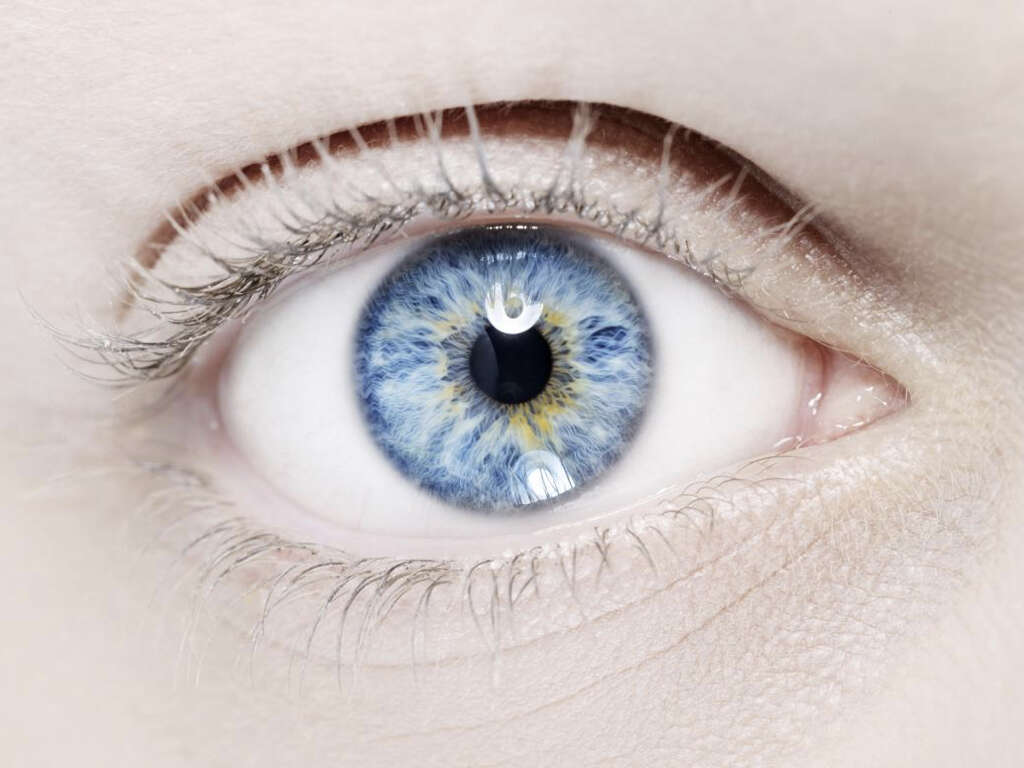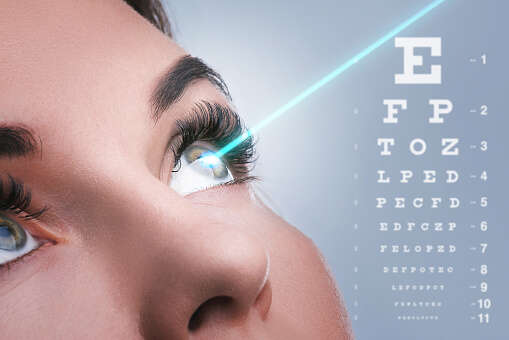What Is Sotos Syndrome?
7. Diagnosis
Although there is no biochemical marker that is available for the testing of Sotos syndrome, the diagnosis can be made clinically. This means that the diagnosis is made based on the characteristic manifestations of the excessive growth and craniofacial features.
The facial features are most distinctive and are rarely not present. It is important to note that about 10% may be below height expectations while 10% to 15% may not experience any developmental delays, 76% to 86% may have advanced bone age and 60% to 80% have brain anomalies. However, these features are nonspecific. To confirm the diagnosis of Sotos syndrome, DNA studies via fluorescence in situ hybridization can be performed to detect microdeletions such as the partial NSD1 gene deletion. Those without NSD1 mutations should be tested for mutations in NFIX and APC2 genes.
Advertisement












